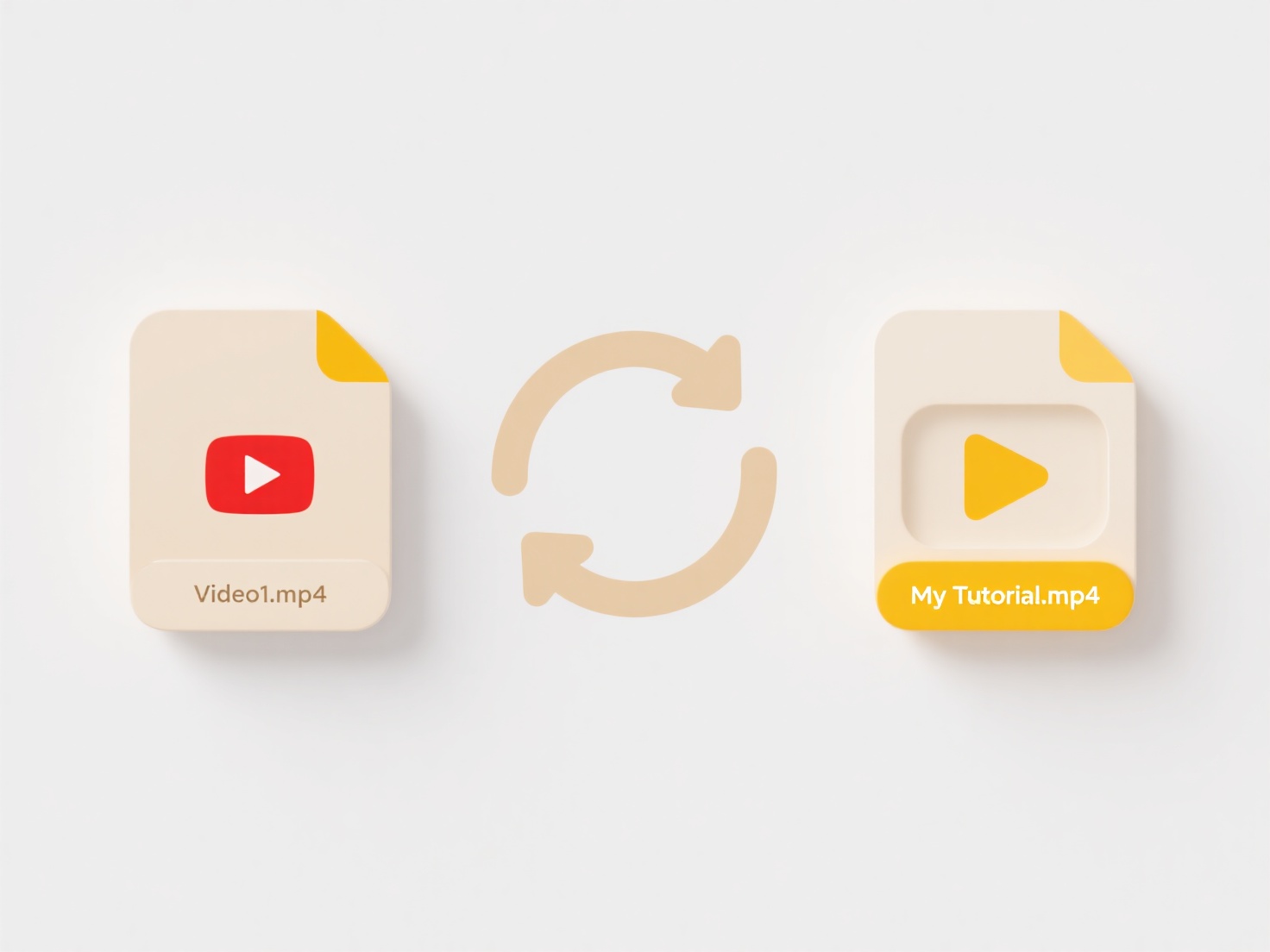
Safest file formats for sharing work reliably across nearly any device or system because they are universally compatible and require no special software. Documents in PDF format preserve formatting and can be viewed using free tools built into web browsers or operating systems. Plain text files (.TXT) are universally readable for unformatted content. For images, JPEG or PNG files display consistently, while CSV provides basic data sharing without proprietary dependencies. These formats avoid risks associated with obscure or application-specific files (like .DOCX or .PSD) that might not open correctly on all platforms.
PDFs are the standard for sending contracts, reports, or manuals, as recipients simply need a PDF viewer (often pre-installed). Plain text files are essential for sharing scripts, logs, or code snippets readable on any system terminal or basic editor. JPEGs and PNGs are universally supported in emails, websites, and mobile gallery apps, making them safe for photos and simple graphics. Industries like publishing, legal, and support rely heavily on PDFs, while developers frequently share scripts as TXT files.

These formats ensure broad accessibility but have trade-offs. PDFs discourage easy editing, while TXT files lack formatting. Image formats like JPEG lose quality through compression, and CSV files don't support formulas or styles. Ethically, standardized formats enhance inclusion for users without paid software. While unlikely to be replaced, broader adoption of open standards like ODF (e.g., LibreOffice) could provide editable alternatives. Cloud sharing reduces reliance on specific file types but universality remains crucial for untethered access.
What file formats are safest to share across all systems?
Safest file formats for sharing work reliably across nearly any device or system because they are universally compatible and require no special software. Documents in PDF format preserve formatting and can be viewed using free tools built into web browsers or operating systems. Plain text files (.TXT) are universally readable for unformatted content. For images, JPEG or PNG files display consistently, while CSV provides basic data sharing without proprietary dependencies. These formats avoid risks associated with obscure or application-specific files (like .DOCX or .PSD) that might not open correctly on all platforms.
PDFs are the standard for sending contracts, reports, or manuals, as recipients simply need a PDF viewer (often pre-installed). Plain text files are essential for sharing scripts, logs, or code snippets readable on any system terminal or basic editor. JPEGs and PNGs are universally supported in emails, websites, and mobile gallery apps, making them safe for photos and simple graphics. Industries like publishing, legal, and support rely heavily on PDFs, while developers frequently share scripts as TXT files.

These formats ensure broad accessibility but have trade-offs. PDFs discourage easy editing, while TXT files lack formatting. Image formats like JPEG lose quality through compression, and CSV files don't support formulas or styles. Ethically, standardized formats enhance inclusion for users without paid software. While unlikely to be replaced, broader adoption of open standards like ODF (e.g., LibreOffice) could provide editable alternatives. Cloud sharing reduces reliance on specific file types but universality remains crucial for untethered access.
Quick Article Links
What apps offer smart search for file retrieval?
Smart search for file retrieval goes beyond simple filename searches by analyzing file content, metadata, and context to...
What file formats are best for blockchain or immutable storage?
For blockchain or immutable storage, the best file formats are typically those supporting easy verification, compactness...
Why do files from websites say “unsupported format”?
A file displays "unsupported format" when your browser or device cannot recognize, open, or interpret its specific data ...